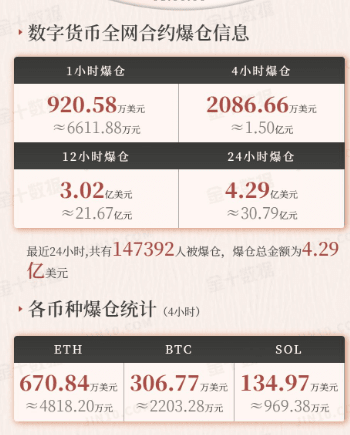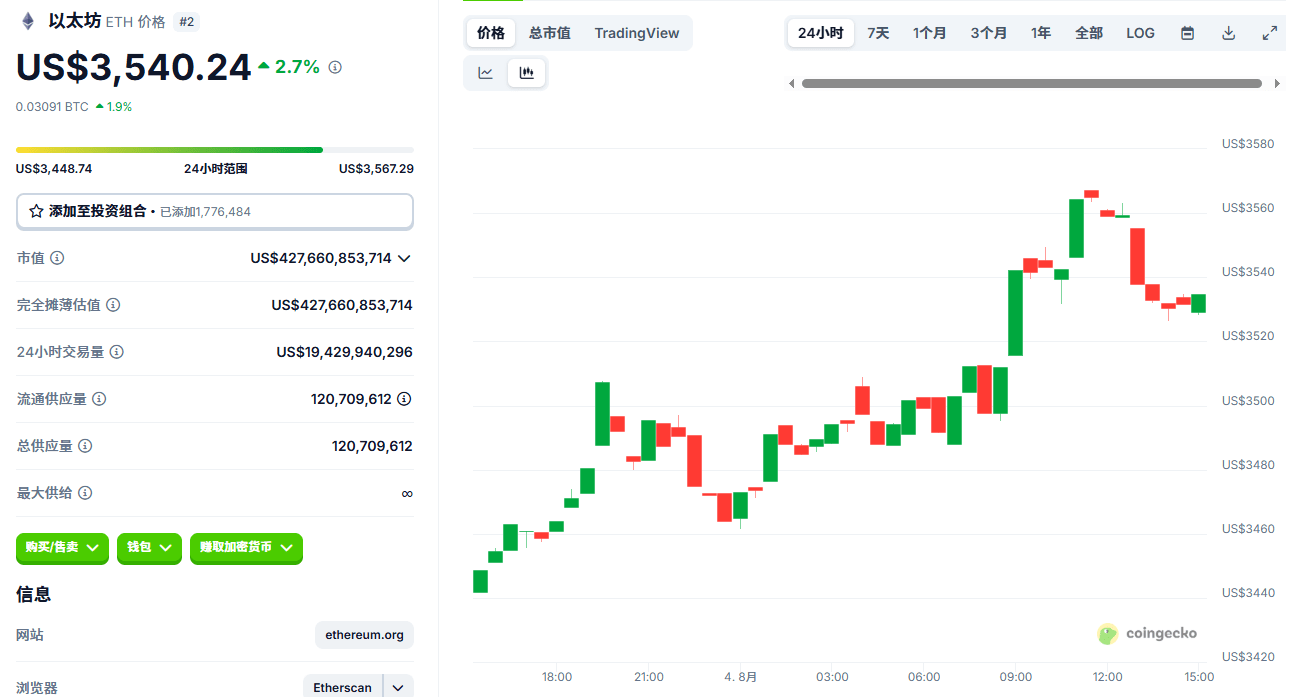In the crypto space, there is a topic that, despite being repeatedly mentioned, can still lead to countless tragedies—leverage trading. In simple terms, leverage trading is borrowing money to trade cryptocurrencies. For example, if you have $100 and use 5x leverage, it's like controlling a position of $500. When the market rises, the returns can be enticing, as if the door to wealth has suddenly opened. However, once the market falls by 20%, that $100 principal can vanish like a bubble, resulting in merciless liquidation, and everything returns to zero.

Recently, whenever negative news surfaces, a large number of leveraged long investors become like startled birds, facing 'liquidation'. These liquidation actions are like the trigger of a domino effect, leading to an automatic selling spree. Panic spreads rapidly in the market, and a round of panic selling follows, causing the market to be severely suppressed in a short time, resulting in a bleak situation.
However, such a sharp decline usually does not last long; it typically ends within a few days, followed by a V-shaped rebound in the market. Why does this happen? Because after a sharp decline, many investors feel that the price has become cheap enough and rush to buy in. Interestingly, this 'rebound' is often related to short sellers. When short sellers betting on a price drop see the market reverse, they will quickly close their positions to avoid further losses, and this action can also help push prices up to some extent.
However, whether the rebound can be sustained depends on the reasons for the decline. If it is due to an unfortunate real black swan event, such as a sudden escalation in geopolitical tensions, then the recovery path for the market will be fraught with difficulties and will take much longer. Conversely, if it is simply a short-term emotional sell-off, then the market often warms up quickly.
At this point, some may ask, 'How can I determine what state the current market is in?' Here, I recommend a practical method: you can log into the CoinGlass website to check for significant liquidation events. If there are large numbers of liquidations in a short period, it is likely just a short-term decline, and there is no need to panic too much. Conversely, if the market decline is influenced by macro-level factors, such as the Federal Reserve suddenly signaling a hawkish stance or a sharp deterioration in geopolitical situations, then you need to be cautious and vigilant.
In the crypto space, macro-level bearish factors are the real 'big boss' that influences market direction. Monetary policy, fiscal policy, and international relations intertwine and affect each other, like three mountains pressing down on the crypto space. Even if there are some positive news in the market, it is like lighting a small lamp in the dark; without strong macro-level support, it is difficult for the crypto space to experience a genuine upward trend. Take the beginning of this year as an example: news of Bitcoin ETFs and other positive developments kept surfacing, yet due to an overall bearish macro environment, token prices struggled to break through significant resistance and remained weak.
If you want to further assess whether the market decline is related to macro factors, you might consider comparing the stock market and the crypto market. If both the stock market and the crypto market are declining simultaneously, it is likely due to global economic issues; but if only the crypto market is declining, it is more likely that some internal issues in the crypto space have arisen, such as a well-known project failing or a prominent figure in the crypto community running away. These events act like catalysts within the crypto space, triggering short-term market fluctuations.
When facing a market decline, we also need to distinguish whether the catalysts causing the bearish sentiment are 'temporary' or 'permanent'. For example, a change in the founder of an NFT project may just be a small wave in the project's development process, and could even be a good buying opportunity. But if the entire team behind the project runs away or the funding chain breaks, then the project may have completely lost its vitality, making it difficult to recover its former glory.
For instance, some projects regularly unlock tokens, and this news often causes panic among many investors, fearing it will lead to a sharp drop in token prices. However, in reality, the unlock itself does not necessarily trigger a sell-off. Many times, token prices have already fallen in advance before the unlock because investors worry that the market supply will increase after the unlock and rush to sell early. The unlock itself is not the key issue; the key is whether there is enough buying support. If there aren't enough investors willing to buy, then prices will naturally struggle to maintain, and may even be further depressed by early large holders selling at low prices.
However, I am not suggesting that everyone should be blindly optimistic. Some events are indeed permanently bearish and can have long-term and profound impacts on the market. For example, the closure of channels supporting cryptocurrencies in the U.S. banking system undoubtedly dealt a heavy blow to the crypto space. Exchanges and institutions can no longer make large transfers as they did before, leading to a sudden decline in market liquidity and a significant drop in trading activity. Fortunately, these channels are gradually recovering, which also means capital may be flowing back in, bringing new vitality to the market.
You will find that the crypto market is like a dramatic stage, constantly playing out various thrilling plots: despair during liquidations, ecstasy during surges, blind selling during panic, and frenzied chasing during greed. But in this complicated market, what we need to do is not to be swayed by market emotions, but to keep a calm mind and analyze the essence behind the market deeply. We need to clarify: does this market fluctuation truly signify 'the wolf is coming,' or is it merely a 'false alarm'?
Finally, I want to say to everyone, don't always panic at the price fluctuations. When the market is volatile, take a moment to ask yourself: Has there been a fundamental change in this project? Is the project team still operating normally? Are users still active? If these key factors have not changed, then the significant market fluctuations are likely just temporary. It may be worth trying to go against the market sentiment, as it might lead to unexpected gains.

In short, the crypto space is a realm filled with opportunities and challenges. Here, there are painful lessons from liquidations and wealth myths from surges; blind following during panic and excessive confidence during greed. But only by maintaining sufficient calmness and rationality can one find their own opportunities in this turbulent market and achieve steady growth of wealth.
If you are currently stuck in a market downturn, do not rush to liquidate your positions, nor should you blindly go all-in. Consider this decline as a valuable learning opportunity, take the time to understand the language of the market, and grasp the operating rules of the market. Perhaps, this will become an important upgrade in your investment career, allowing you to be more composed and confident in your future investment journey.
Special brother's daily sharing, the team behind only serves ambitious madmen, feeding you 10x coin passwords directly into your mouth#加密市场反弹 #特朗普计划宣布新美联储理事